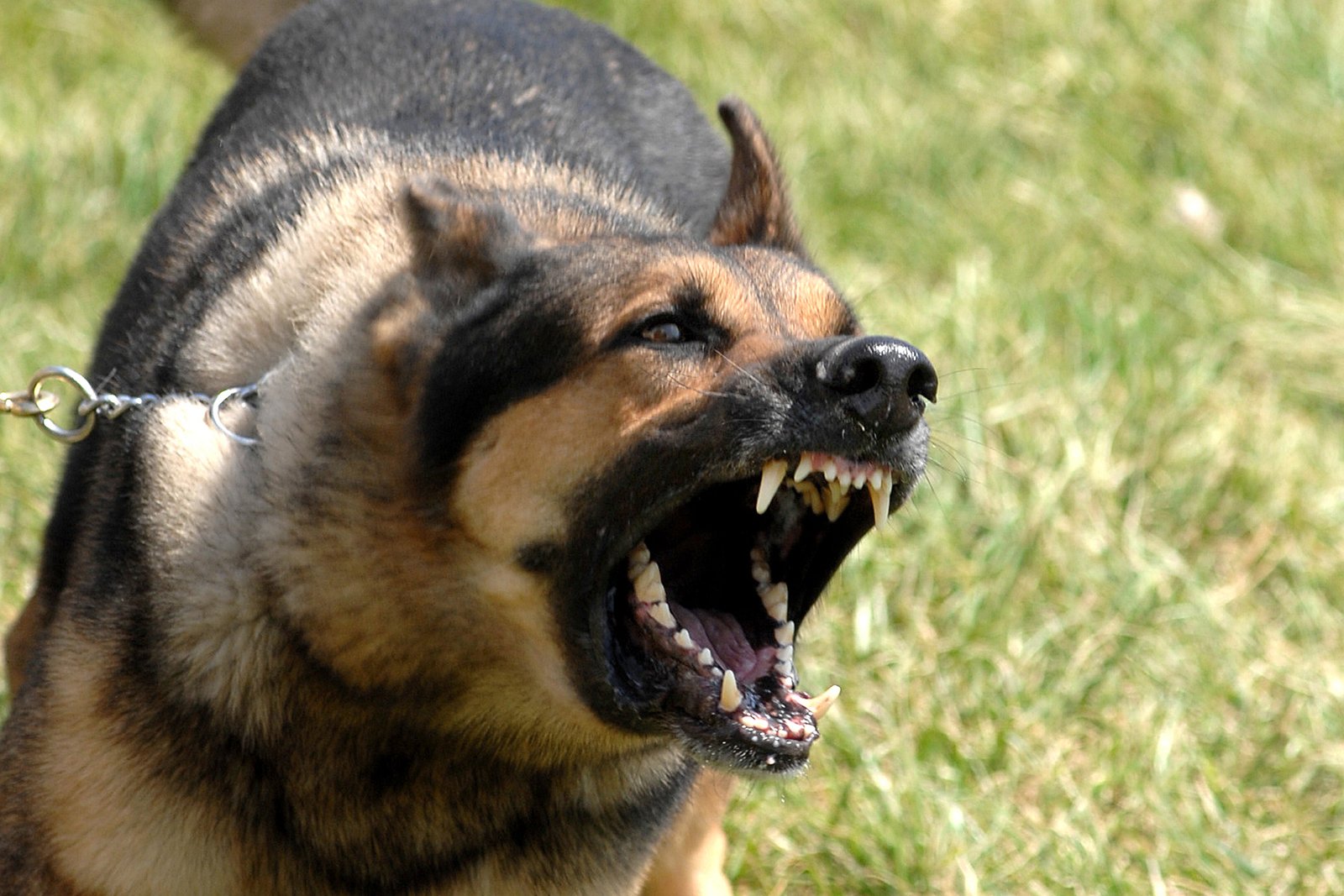Have you ever wondered if your dog’s bark is more than just noise? What if every woof, yip, or howl was a secret message about how they feel about you? We often see dogs as loyal companions who shower us with love, but their vocalizations may hold deeper insights into their emotions and the unique bond they share with us. Imagine if the next time your dog barked, you could understand exactly what they were trying to say about their feelings for you. Prepare to be surprised by what your furry friend’s voice might reveal!
The Language of Barks: More Than Just Noise
Many people think a dog’s bark is just a simple sound, but it’s actually a complex language. Dogs use barking to communicate all kinds of emotions, from excitement to anxiety. The pitch, length, and rhythm of their bark can change depending on what they are feeling. Just like people use tone of voice to express happiness, fear, or curiosity, dogs do the same. When your dog barks as you come home, it might be an enthusiastic greeting. But a short, sharp bark could mean they’re startled or unsure. The variety of barks dogs produce is as unique as their personalities, and listening closely can tell you a lot about what’s going on in their furry heads.
How Dogs Develop Their Unique Bark

Not all barks are created equal. The environment where a dog is raised, their breed, and their relationship with you all play a role in shaping their “voice.” Puppies learn to bark by mimicking their mother and littermates, and over time, their bark becomes an individual signature. Some breeds are known for deep, booming barks, while others have high-pitched yips. A dog that feels secure and loved at home may have a more relaxed, joyful bark, while a nervous or neglected dog might bark with tension. Paying attention to your dog’s regular barking style gives you a baseline to notice when something changes.
Excitement and Happiness: The Joyful Bark

One of the most heartwarming sounds for any dog lover is the happy bark of a dog who truly loves their family. You might notice your dog’s wagging tail, wiggling body, and a series of loud, energetic barks when you walk through the door. These joyful barks are often higher in pitch and come in quick bursts, almost like laughter. It’s your dog’s way of saying, “I’m so glad you’re home!” Dogs may also bark happily during playtime or when you pick up their leash for a walk. These barks are an outpouring of pure, unfiltered joy, and they’re a sure sign your dog feels safe and adored.
Anxiety and Stress: The Worried Woof

Just like people, dogs can feel anxious or stressed, and their barks reflect those emotions. A worried bark is usually repetitive, lower in pitch, and may be accompanied by whining or pacing. You might hear this type of bark when your dog is left alone, hears strange noises, or senses tension in the home. Separation anxiety is common and often brings out these anxious vocalizations. Dogs may even bark at you as if pleading for reassurance. Recognizing the difference between a happy bark and a worried one can help you respond better to your dog’s emotional needs.
Protectiveness and Loyalty: The Guardian’s Bark

Dogs have a natural instinct to protect the people they love. If your dog perceives a threat—like a stranger at the door or an unfamiliar animal—they may let out a deep, booming bark. This “guard dog” bark is usually sharp, authoritative, and meant to warn others to stay away. It’s not just about fear; it’s about loyalty. Your dog is saying, “I care about you, and I’ll keep you safe.” Some dogs even position themselves between you and the perceived danger. This protective bark is a strong indicator of your dog’s devotion and sense of responsibility toward you.
Seeking Attention: The Persistent Bark

Sometimes, dogs bark simply because they want your attention. This kind of bark is often high-pitched, insistent, and sometimes even a little annoying. Your dog might look right at you while barking or bring you a toy, hoping you’ll play. This isn’t just about boredom—it’s about connection. Dogs are social animals, and they crave interaction with their favorite humans. If your dog barks for attention, it’s their way of saying, “I miss you! Let’s do something together.” Responding to these barks with love and play strengthens your bond and reassures your dog that you care.
Confusion and Curiosity: The Questioning Bark
Have you ever noticed your dog barking at something new or puzzling? This type of bark is often shorter, with pauses in between, as if your dog is asking a question. Dogs use this bark when they are curious or confused—like when they see a new object in the house or hear an unfamiliar sound. They may tilt their heads, perk up their ears, or approach cautiously. It’s as if they’re saying, “What’s that?” or “Should I be concerned?” This bark shows your dog trusts you to help them understand their world.
Love and Affection: The Soft, Gentle Bark
Some dogs develop a gentle, almost conversational bark when they feel particularly affectionate. This soft bark might happen when you’re cuddling on the couch or just before bedtime. It’s not loud or demanding—just a quiet reminder that your dog loves being close to you. Sometimes, these barks are mixed with little groans, sighs, or even a soft “woo-woo.” It’s your dog’s way of saying, “I love you.” These tender moments are often overlooked, but they are among the most precious ways dogs show their deep attachment.
Body Language and Barking: Reading the Full Picture

A dog’s bark is just one part of the story. To really understand how your dog feels, it’s important to watch their body language too. Are their ears up or back? Is their tail wagging or tucked? Are they relaxed or tense? Pairing the sound of the bark with physical clues gives a fuller picture of your dog’s mood and intentions. For example, a happy bark with a wiggling tail is different from a high-pitched bark with a stiff body. Learning to read these signals turns you into a true dog whisperer, able to respond to your pet’s needs more intuitively.
How to Strengthen Your Bond Through Listening

Listening to your dog’s bark is about more than just hearing noise—it’s about building a stronger relationship. By paying close attention and responding appropriately, you show your dog that you care about their feelings. Try talking to your dog in a calm, soothing voice when they seem anxious, or join in their excitement when they bark happily. Training sessions that include positive reinforcement can help reduce unwanted barking and encourage more meaningful communication. Over time, you and your dog will develop a language all your own, based on trust, love, and understanding.
When to Be Concerned About Your Dog’s Bark
While barking is a normal part of being a dog, sudden changes in your dog’s vocalizations can be a sign that something’s wrong. If your dog starts barking excessively, sounds hoarse, or their bark changes tone, it might be time to check in with your veterinarian. Pain, illness, or anxiety can all affect the way your dog communicates. Trust your instincts—if your dog’s bark doesn’t sound right, don’t ignore it. Getting help early can prevent bigger problems and ensure your dog stays healthy and happy.
What might your dog be telling you right now?

Andrew Alpin from India is the Brand Manager of Doggo digest. Andrew is an experienced content specialist and social media manager with a passion for writing. His forte includes health and wellness, Travel, Animals, and Nature. A nature nomad, Andrew is obsessed with mountains and loves high-altitude trekking. He has been on several Himalayan treks in India including the Everest Base Camp in Nepal.





